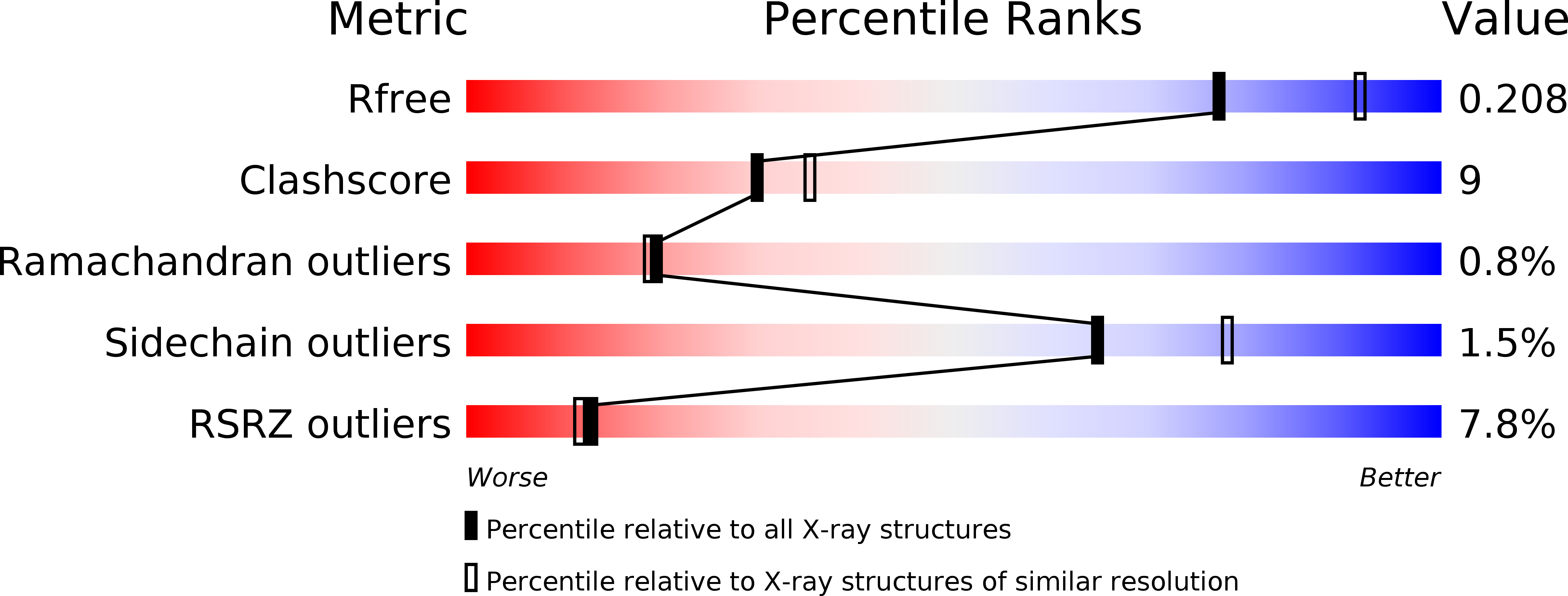
Deposition Date
2010-05-25
Release Date
2011-06-08
Last Version Date
2024-11-06
Method Details:
Experimental Method:
Resolution:
2.20 Å
R-Value Free:
0.21
R-Value Work:
0.18
R-Value Observed:
0.18
Space Group:
P 21 21 21


